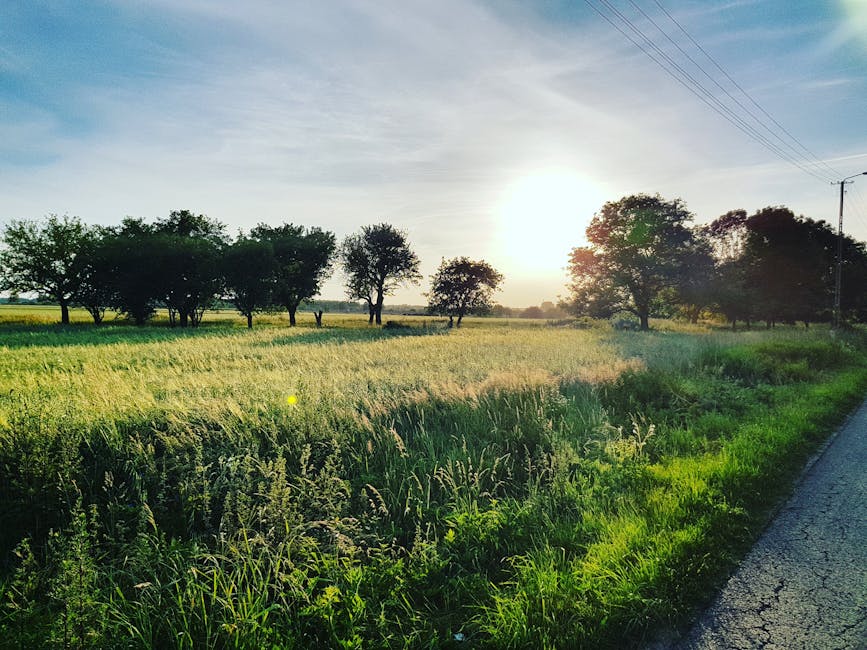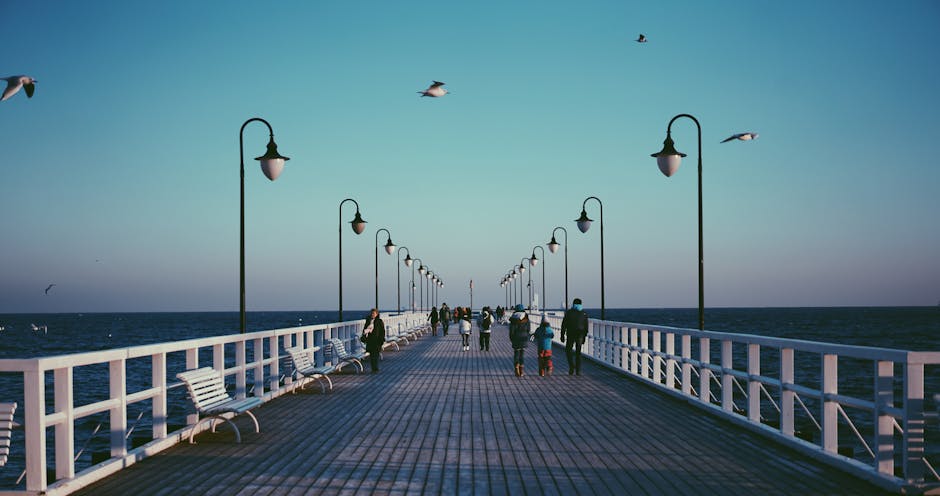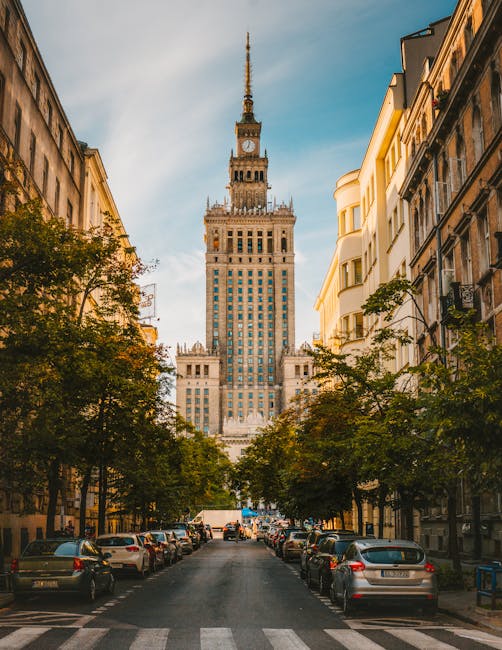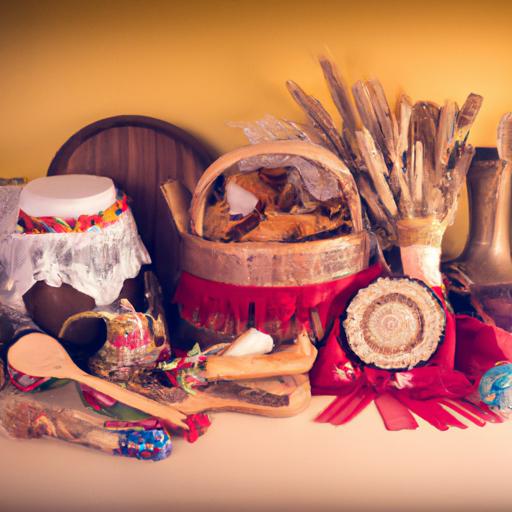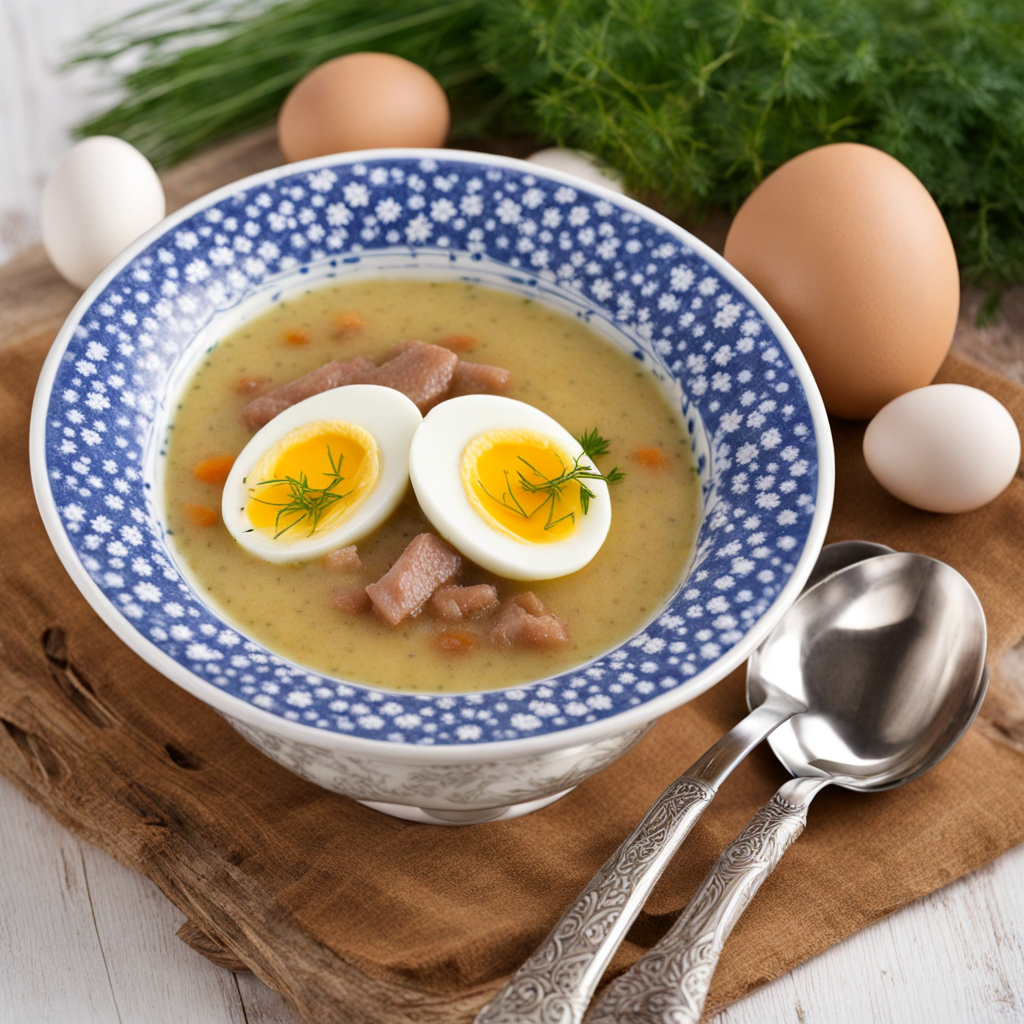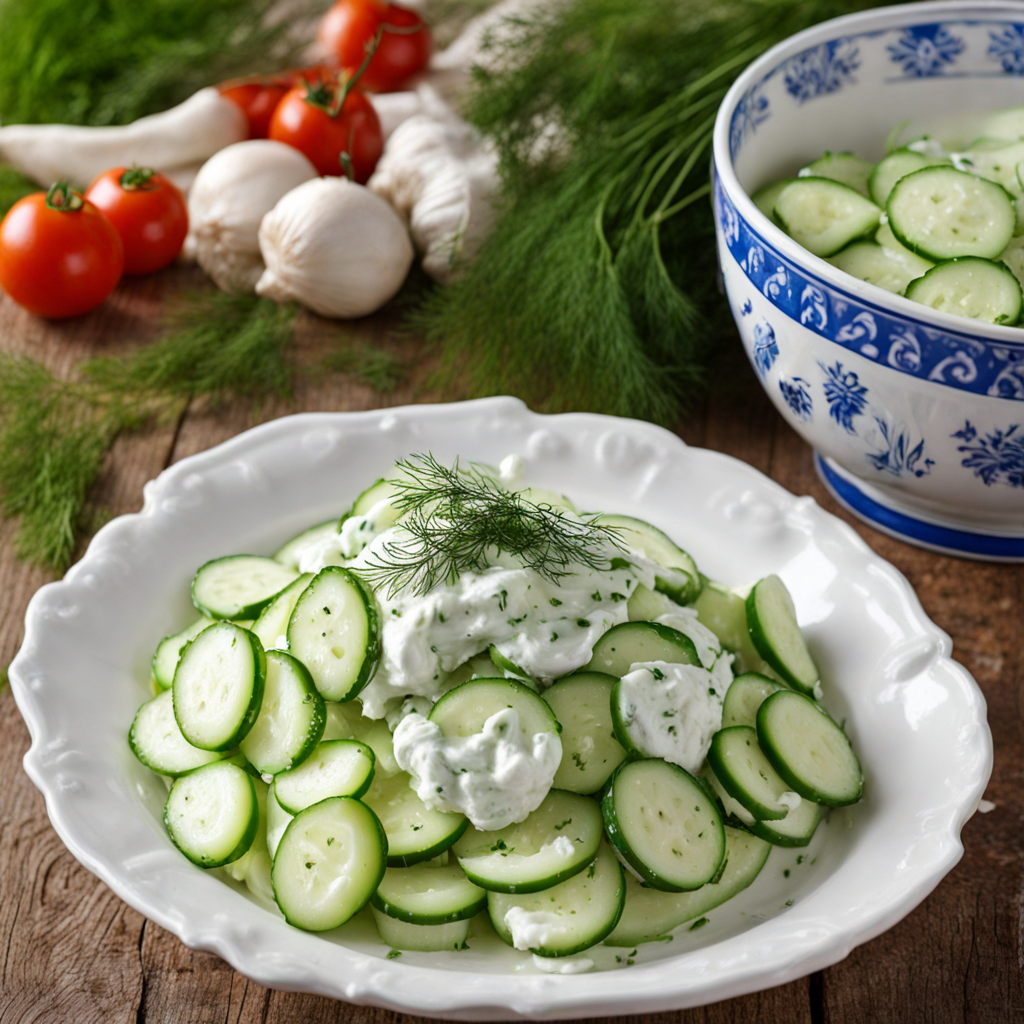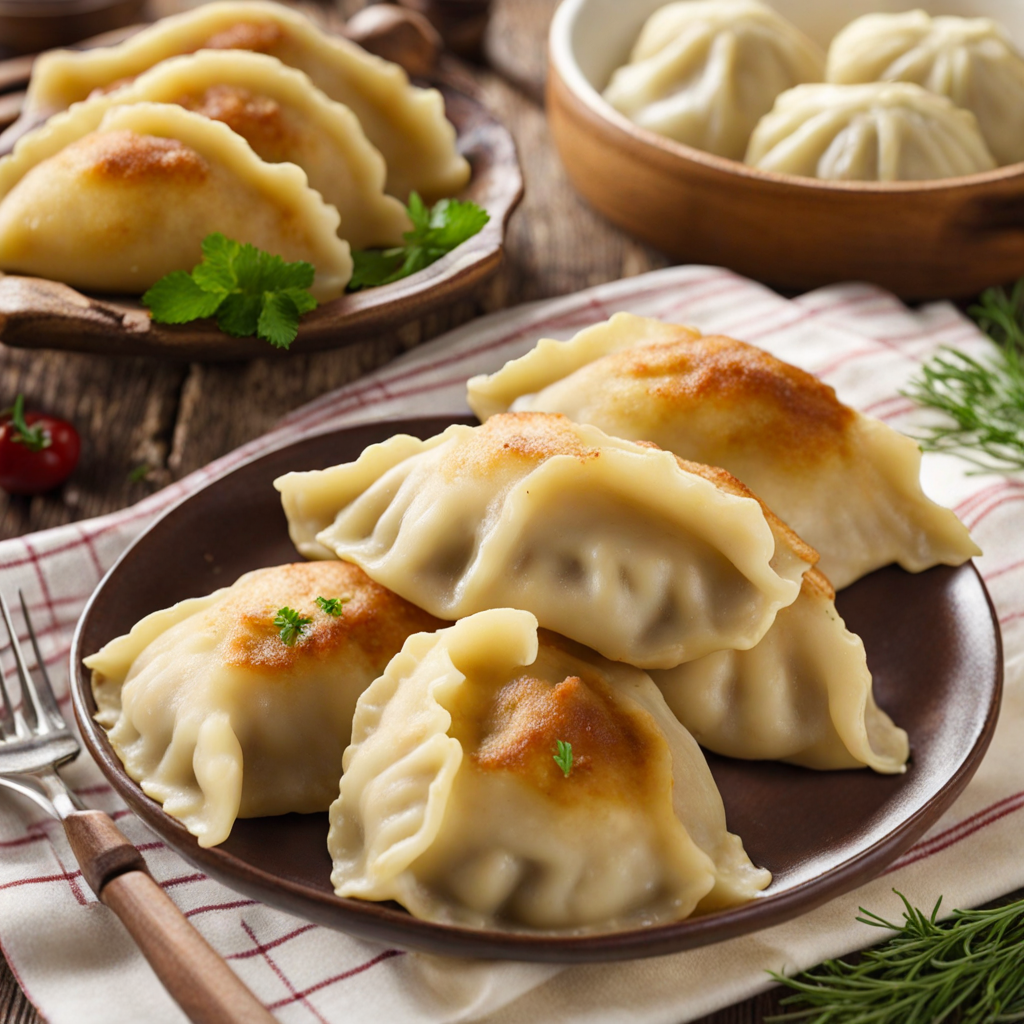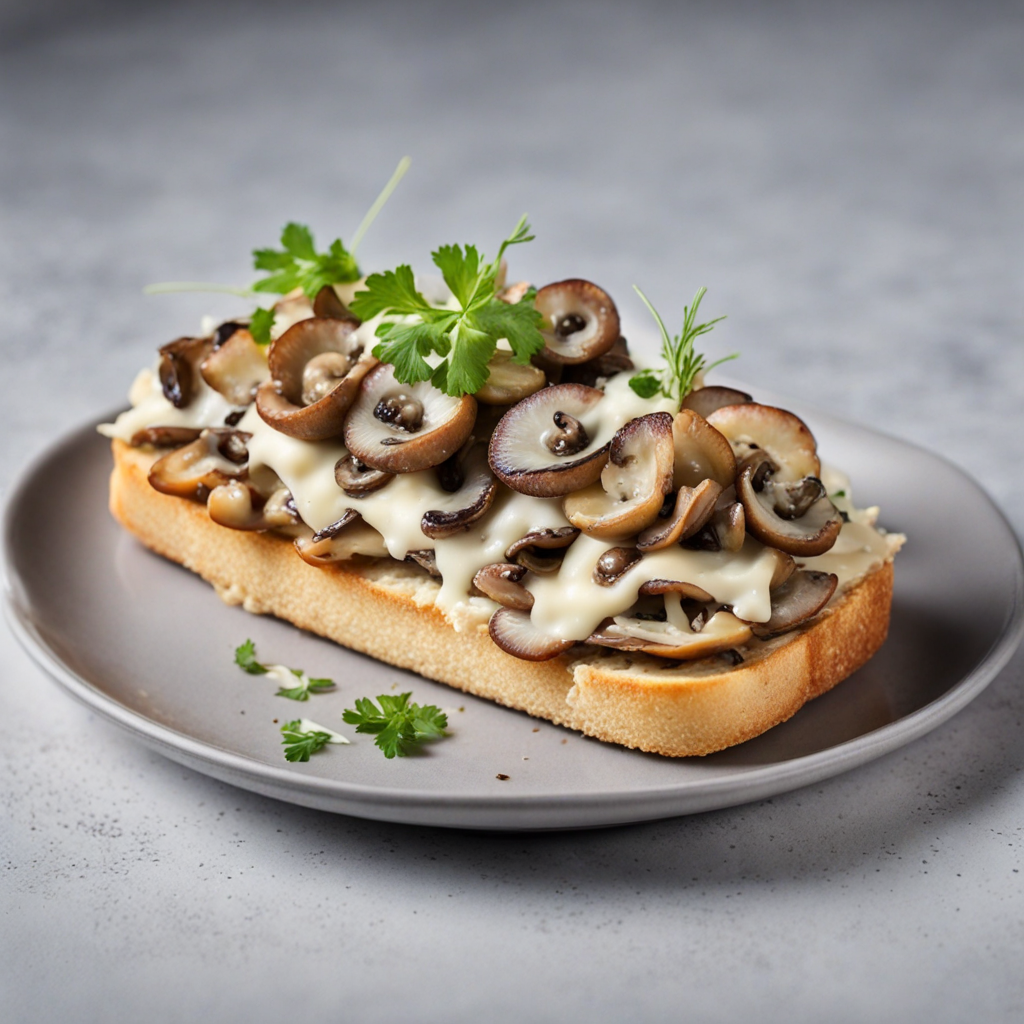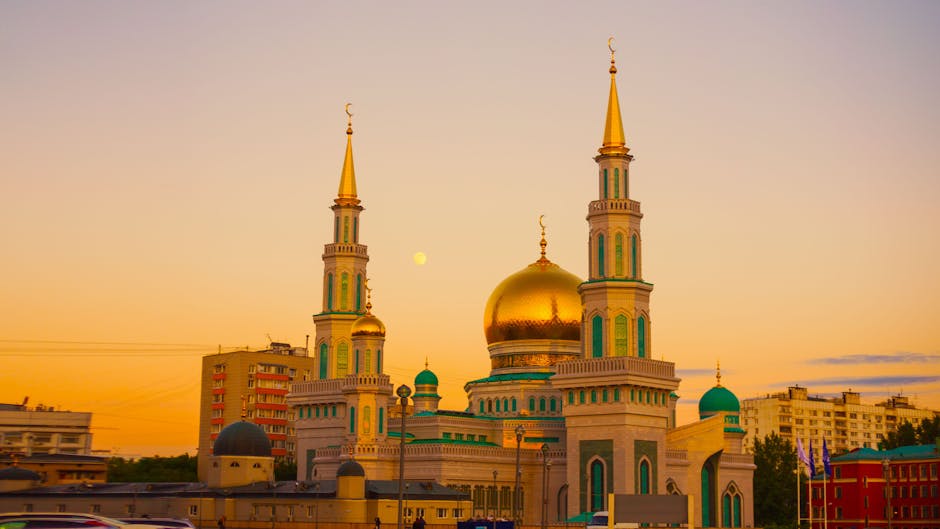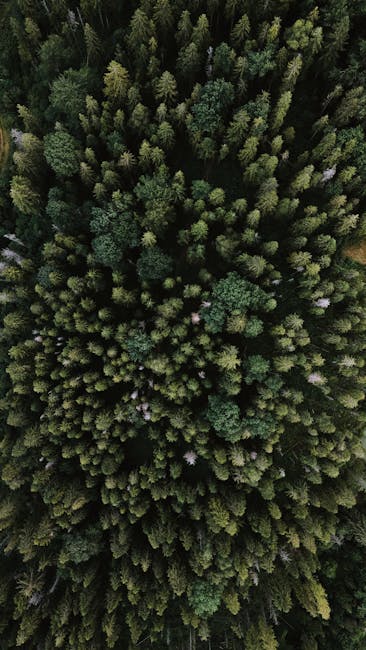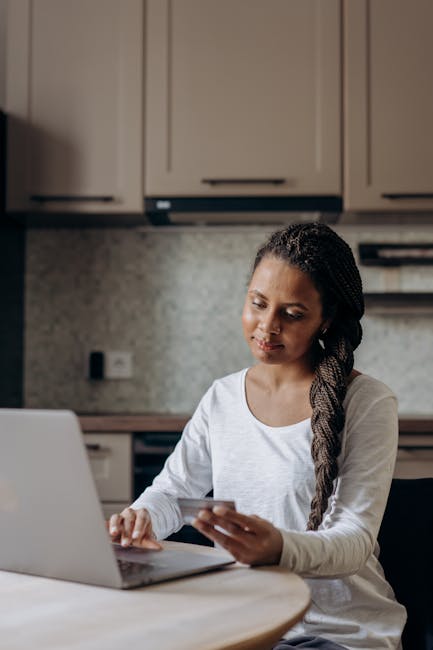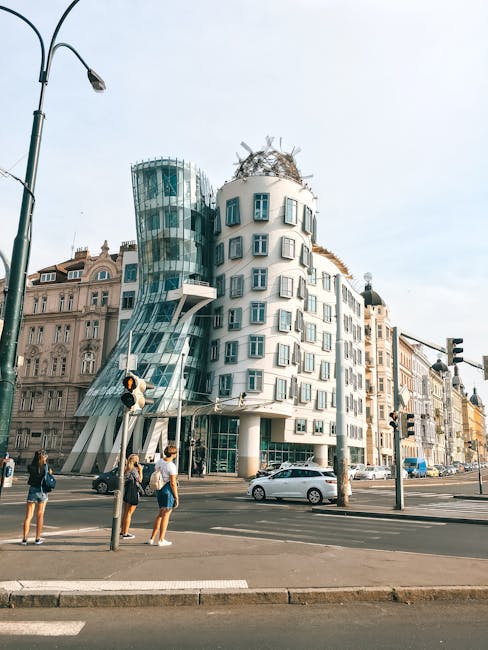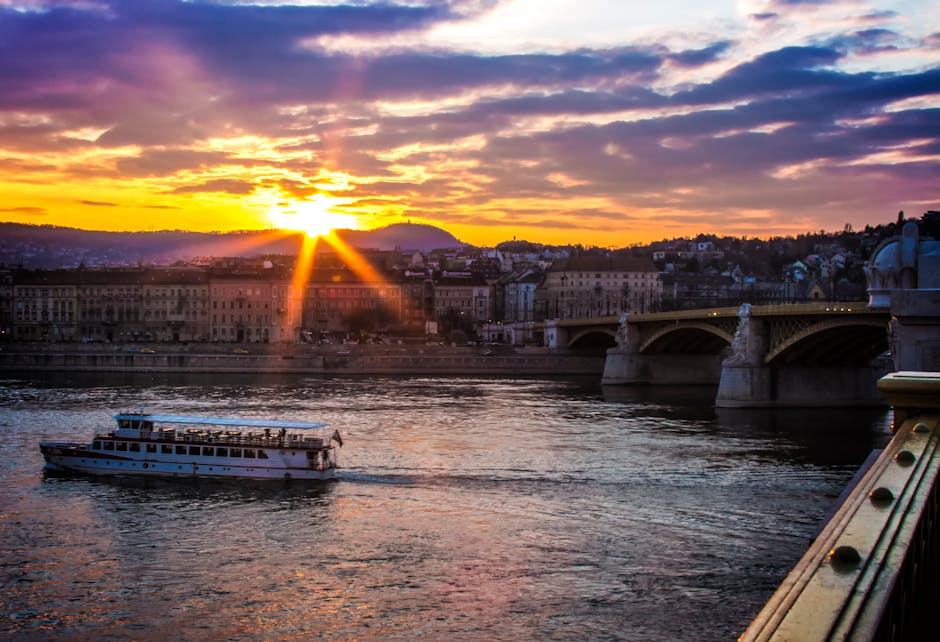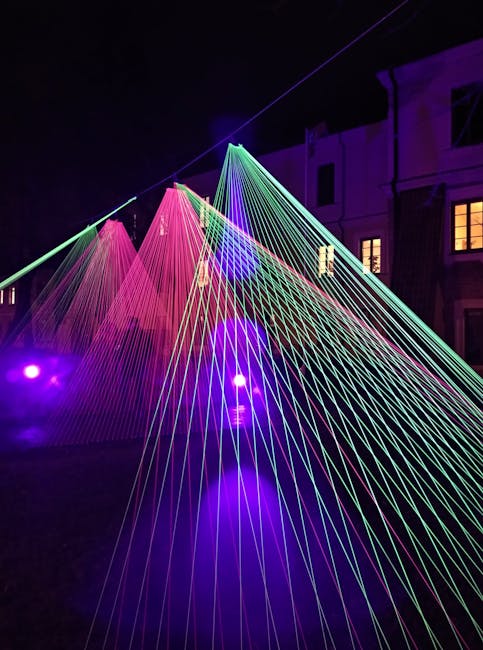Poland
Overview
Poland Overview
Poland, located in Central Europe, is a country known for its rich history, stunning architecture, and warm hospitality. It has a diverse culture that is deeply impacted by both its history and its strong traditions. Poland is unique due to its blend of Gothic, Renaissance, and Baroque architecture that can be seen in cities like Krakow, Warsaw, and Gdansk. From the dramatic Tatra Mountains to the serene Masurian Lake District, the country boasts stunning natural beauty. The country's history is marked by its resilience, especially evident in the preserved Auschwitz-Birkenau camp and the Warsaw Rising Museum. The Polish people are known for their warmth, hospitality, and love for good food and music, making it a fantastic place for teenagers who want to learn about a new culture while enjoying a vibrant atmosphere.
Tourism Seasons
Poland's high season for tourism is during the summer, especially from June to August. The weather during this time is generally warm and sunny, with average temperatures ranging from 20 to 30 degrees Celsius. This is the perfect time to explore the historic cities, visit the beautiful Baltic Sea beaches, or hike in the Tatra Mountains. Festivals are also common during the summer, such as the Warsaw Summer Jazz Days and Krakow's Jewish Culture Festival. For those interested in winter sports, a visit from December to March would be ideal, with Zakopane becoming a hub for skiing and snowboarding.
Travel Preparations
Before visiting Poland, there are a few things travelers need to prepare. Citizens of the European Union do not require a visa, but travelers from other countries may need one, so it's important to check the visa requirements. The currency used is the Polish Złoty (PLN), and while credit cards are widely accepted, it's useful to have some cash on hand. Poland is a safe country, but like any tourist destination, it's essential to be mindful of your belongings. It's also recommended to learn a few basic phrases in Polish, as this is always appreciated by the locals. Lastly, make sure to pack appropriate clothing based on the season you're visiting in, and don't forget a good pair of walking shoes, as exploring the cities by foot is a great way to soak up the culture and history.
A Glimpse into the Past
Poland's history is a tapestry of resilience, cultural evolution, and historical significance that has shaped not only the nation itself but also the broader European landscape. This journey begins in the early medieval period, when the formation of the Polish state took shape around the 10th century. The legendary founder, Mieszko I, united several Slavic tribes and adopted Christianity in 966, marking the beginning of Poland's integration into the European community.
As you travel through Poland, you will encounter numerous sites that reflect its complex history. One of the most significant is Gniezno, often regarded as the birthplace of Poland. The Gniezno Cathedral, where Mieszko I was buried, is a stunning example of Romanesque architecture and serves as a reminder of the importance of religion in early Polish statehood.
During the 13th century, Poland faced fragmentation into various duchies, leading to a period of political instability. However, the 14th century saw the rise of the Polish-Lithuanian Commonwealth, one of the largest and most influential states in Europe at its height. The union with Lithuania in 1569 brought prosperity and cultural flourishing, making cities like Kraków and Warsaw significant centers of art and intellect.
Kraków, the former royal capital, is a UNESCO World Heritage site and home to the stunning Wawel Castle and Wawel Cathedral. Visitors can explore the rich history of Polish kings, the famous Dragon of Wawel legend, and the vibrant atmosphere of the Main Market Square, one of the largest medieval town squares in Europe.
The Commonwealth thrived until the late 17th century but began to decline due to internal strife and external pressures. The Partitions of Poland in the late 18th century—by Prussia, Russia, and Austria—resulted in Poland disappearing from the map for over a century. The struggle for independence became a central theme in Polish identity, leading to uprisings such as the November Uprising of 1830 and the January Uprising of 1863.
To experience this era, visit Warsaw, which underwent extensive rebuilding after World War II. The Old Town, meticulously reconstructed after its near-total destruction, exemplifies Polish resilience. The Royal Castle and the Warsaw Uprising Museum provide insight into Poland's fight for freedom during the partitions and the harrowing experiences of World War II.
The 20th century marked a significant turning point in Polish history. After World War I, Poland regained independence in 1918, only to face the horrors of World War II two decades later. The invasion of Poland by Nazi Germany in 1939 led to one of the darkest chapters in its history. The Holocaust resulted in the systematic murder of three million Polish Jews, and places like Auschwitz-Birkenau serve as haunting reminders of this genocide. Today, Auschwitz is a memorial and museum, drawing visitors from around the world to remember and educate about the atrocities committed.
After the war, Poland fell under Soviet influence, becoming a communist state. However, the emergence of the Solidarity movement in the 1980s, led by Lech Wałęsa, played a pivotal role in challenging the regime. The Gdańsk Shipyard, where the movement began, is now a site of historical significance. The European Solidarity Centre in Gdańsk celebrates this struggle for freedom and democracy.
In 1989, Poland made a historic transition to democracy, becoming a leading example of post-communist transformation. Today, Poland is a member of the European Union and NATO, showcasing its reintegration into the European family. It has also become a vibrant destination for travelers seeking to explore its rich heritage.
Poland's natural beauty is as compelling as its history. The Tatra Mountains in the south offer stunning landscapes and outdoor activities, while the Białowieża Forest, one of Europe's last primeval forests, is a UNESCO World Heritage site. It is home to the European bison, a symbol of conservation efforts in the region.
Another must-visit site is the Wieliczka Salt Mine, located near Kraków. This underground marvel dates back to the 13th century and features impressive chapels and sculptures carved from salt. The mine is a testament to Poland's historical significance in the salt trade and is also recognized as a UNESCO World Heritage site.
As you travel, you will also want to explore Wrocław, known for its picturesque market square and numerous bridges. The city's unique blend of Gothic and Baroque architecture reflects its diverse history, having been influenced by various cultures over centuries.
The Polish countryside offers its own unique charms, with picturesque towns like Zamość, a Renaissance gem, and Kazimierz Dolny, famous for its artists and scenic views along the Vistula River. These towns highlight Poland's rich artistic heritage and are perfect for leisurely exploration.
Food is another essential aspect of Polish culture, with hearty dishes that reflect the country’s agricultural roots. Be sure to try pierogi (dumplings), bigosh (hunter's stew), and traditional cakes such as szarlotka (apple pie) during your visit. Each region has its own specialties, making culinary exploration an exciting part of your journey.
In conclusion, Poland's history is a blend of triumph and tragedy, resilience and revival. From the early formation of the state to its struggles against oppression and its eventual rise as a modern European nation, Poland offers rich experiences for travelers. Whether you are exploring its historic cities, immersing yourself in its vibrant culture, or discovering its natural wonders, Poland invites you to engage with a narrative that is as compelling as it is diverse.
Top cities for tourists in Poland
Discover the Famous Cities That Might Captivate Your Interests
Must-Try Foods You Can't Afford to Miss
Indulge in a Variety of Fantastic Foods During Your Stay in Poland
May Be Your Next Destinations
People often choose these countries as their next destination


